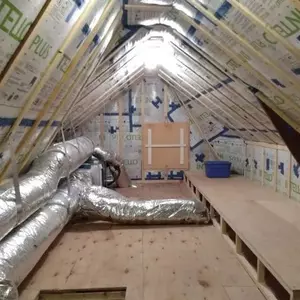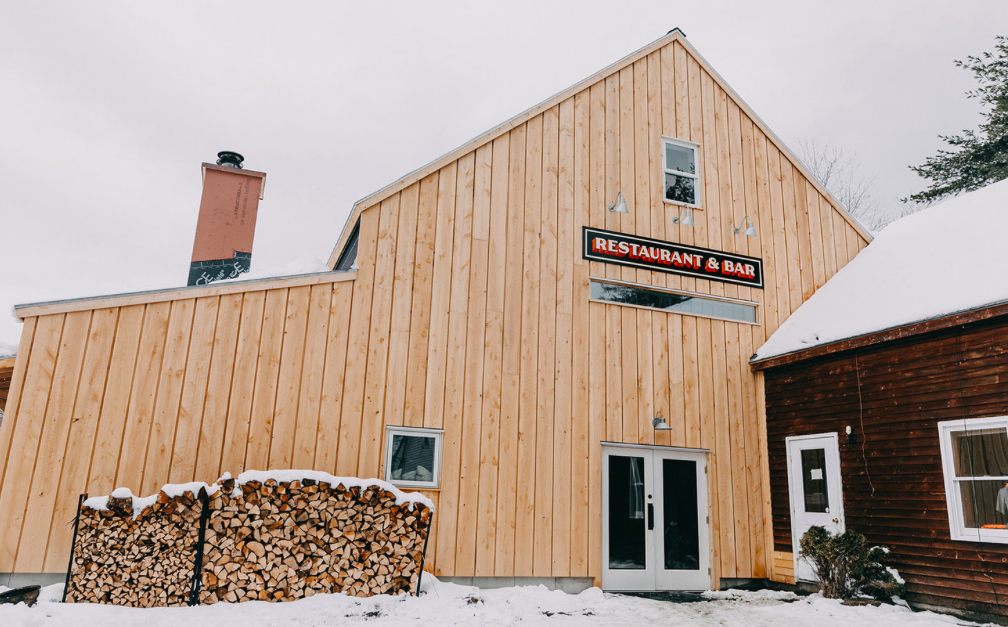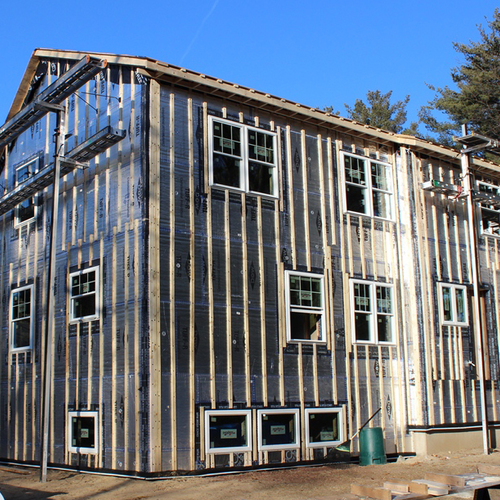
Several years ago, I performed a roof replacement for a customer who wanted to change their older and failing asphalt shingled roof to a steel roof. We stripped the old shingles and existing underlayment off, and installed new synthetic underlayment and new steel over the 10/12 pitched roof. I felt confident that this new roof would last many years.
The following year, the same customer asked if we would replace several windows in the upper level of his one-and-a-half-story home. The old windows were due for replacement; the single-pane wood units appeared to be from the mid-1900s, and woodpeckers had done some damage. Several others were painted shut. Again, a straightforward job we had done dozens of times before.
The spring after the window replacement, I received a call from the homeowner saying his roof was leaking. He had water dripping in several areas in the upper level. A visit to his house did indeed show water damage, though it was not the result of a bulk water leak from the roof. Instead, air leaks from the interior had formed frost on the attic side of the roof sheathing; this was never an issue before. I surmised that replacing the five upper-level windows had changed the way this home performed just enough to cause frost to form in the attic. It was my first building science lesson about the unintentional effects of a “shallow energy retrofit.”
SER essentially equals weatherization
You’ve probably heard the term “deep energy retrofit” (DER), which refers to the renovation of a house to reduce energy usage. DERs can make sense if the renovation also includes updating the exterior and interior finishes, and/or mechanical systems. Usually, dedicated DERs are expensive, so performing a renovation just for energy cost savings does not make economic sense. Many homeowners…
Weekly Newsletter
Get building science and energy efficiency advice, plus special offers, in your inbox.

This article is only available to GBA Prime Members
Sign up for a free trial and get instant access to this article as well as GBA’s complete library of premium articles and construction details.
Start Free TrialAlready a member? Log in















4 Comments
Randy, this is a great article and such an important point. I've been preaching this for years now and worry that folks not paying attention to moisture while reducing energy consumption will lead to building failures of varying degrees. It is my hope that articles like this will circumvent the impending finger pointing of energy efficiency measures leading to building failures, when the real issue is the folks installing this either didn't think about moisture or didn't divine what the changes will lead to in the future. I'll add to this the fact that homes with more efficient systems have less drying capacity compared to the previous legacy systems and small or existing moisture problems that weren't an issue before can be magnified. We don't need to hand the opposition to energy efficiency a talking point that is completely avoidable. I look forward to your future articles on this topic.
Thanks Josh!
Buildings need to be considered as a system vs individual components.
Less leaky windows caused an unanticipated condensation problem in the attic. The work was done by the rare contractor who understands building science. Most contractors don't.
Great article and very salient points Randy. As an auditor, contractor, and business owner, there is an always a delicate balance between building science, home performance recommendations and costs, and clients’ budgets. Projects having the full, recommended work scope completed are unfortunately more often the exception than the rule. It is therefore, all the more imperative to help educate homeowners on the risks associated with making changes to how a house performs, and perhaps even harder, not move forward with certain line items or even any improvements at all despite “losing” the potential revenue. As professionals, we have to remember that we are “gaining” something in return, as well as doing right by the client and home.
Log in or become a member to post a comment.
Sign up Log in